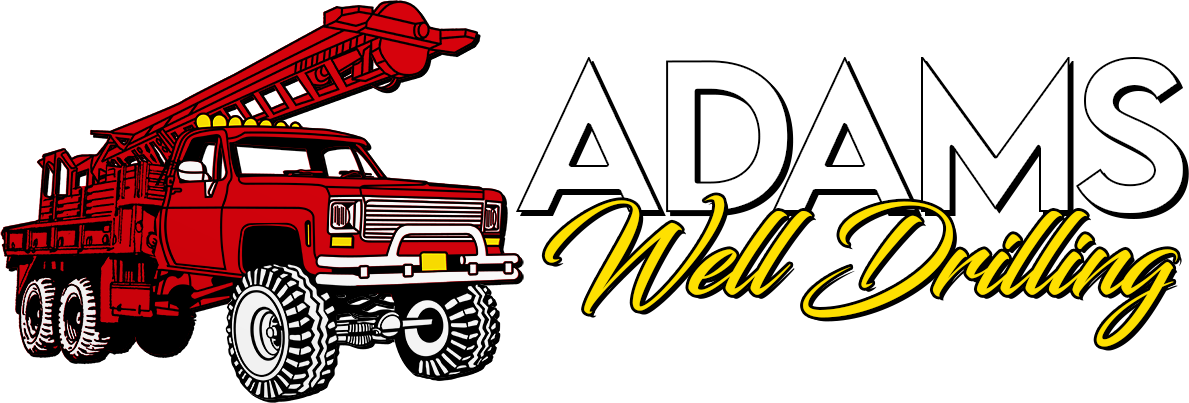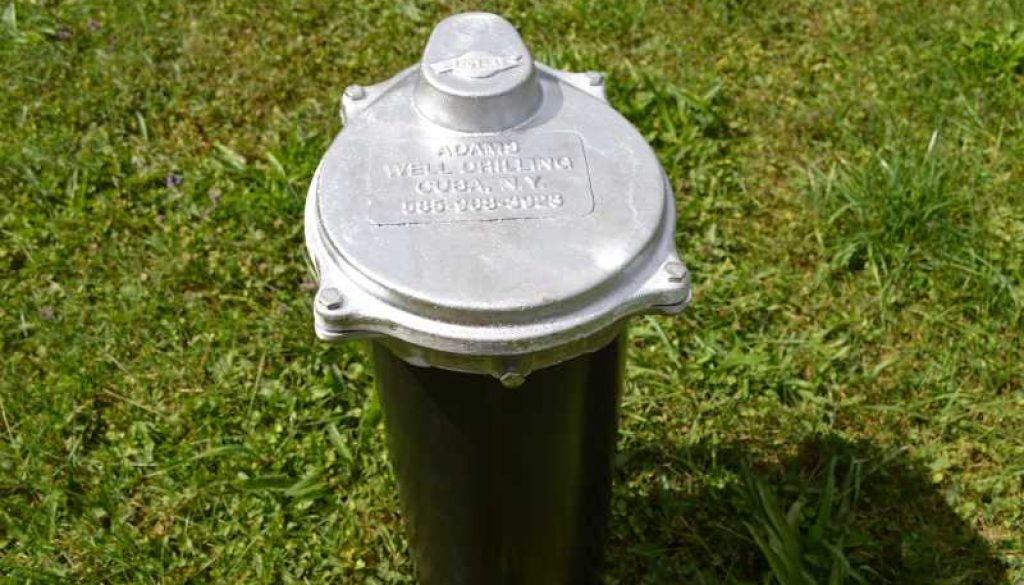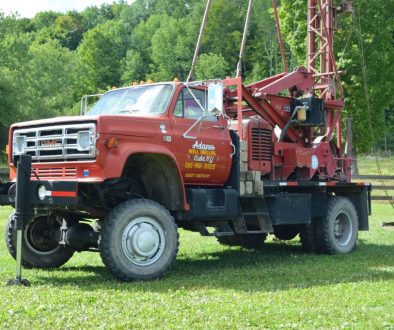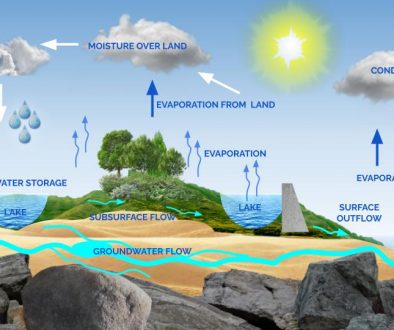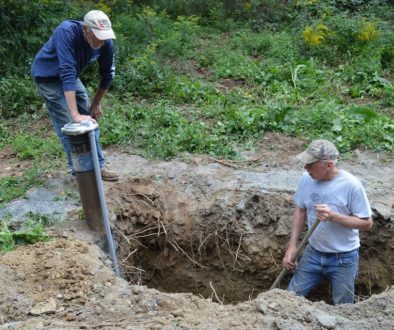How Do Water Wells Work?
By Don Adams
Adams Well Drilling
More than 42 million Americans use wells to access their daily water supply. They’re ideal for clean, safe water for both residential and commercial properties — especially in rural areas like here in Allegany and Cattaraugus counties.
But how do water wells work?
Water well drilling is a process that’s been perfected over hundreds of years. But it has advanced, as technologies do, to be a very safe and dependable operation.
In a nutshell, a well begins as a hole. How deep that hole may be here in our area depends on location. Sometimes the aquifer may be shallow; other times it may be several hundred feet deep. Geological formations, groundwater conditions and other variables may also impact the ideal location and depth of this hole that’ll eventually bring you millions of gallons of water.
This hole is held open by a casing, which is essentially a large carbon-steel pipe that descends into the ground to the aquifer. The pipe, when sealed, protects the well from outside contaminants and is the conduit through which the pump siphons water from below. From there, a water-distribution infrastructure provides water to the point of consumption.
How about an easy visual?
Think of a well as a straw in a glass of water. The water within the glass is essentially the aquifer beneath your feet and the straw is the well casing. The person using the straw is acting as the pump suctioning the water directly to the point of use.
Of course, the water well drilling and pump installation process involves a few more moving parts. It requires the right equipment and experience to do it right and ensure the water is safe and reliable for consumption for years to come. Here at Adams Well Drilling, we’ve been doing it the right way since 1978. Contact us here and we’ll do it right for you.
